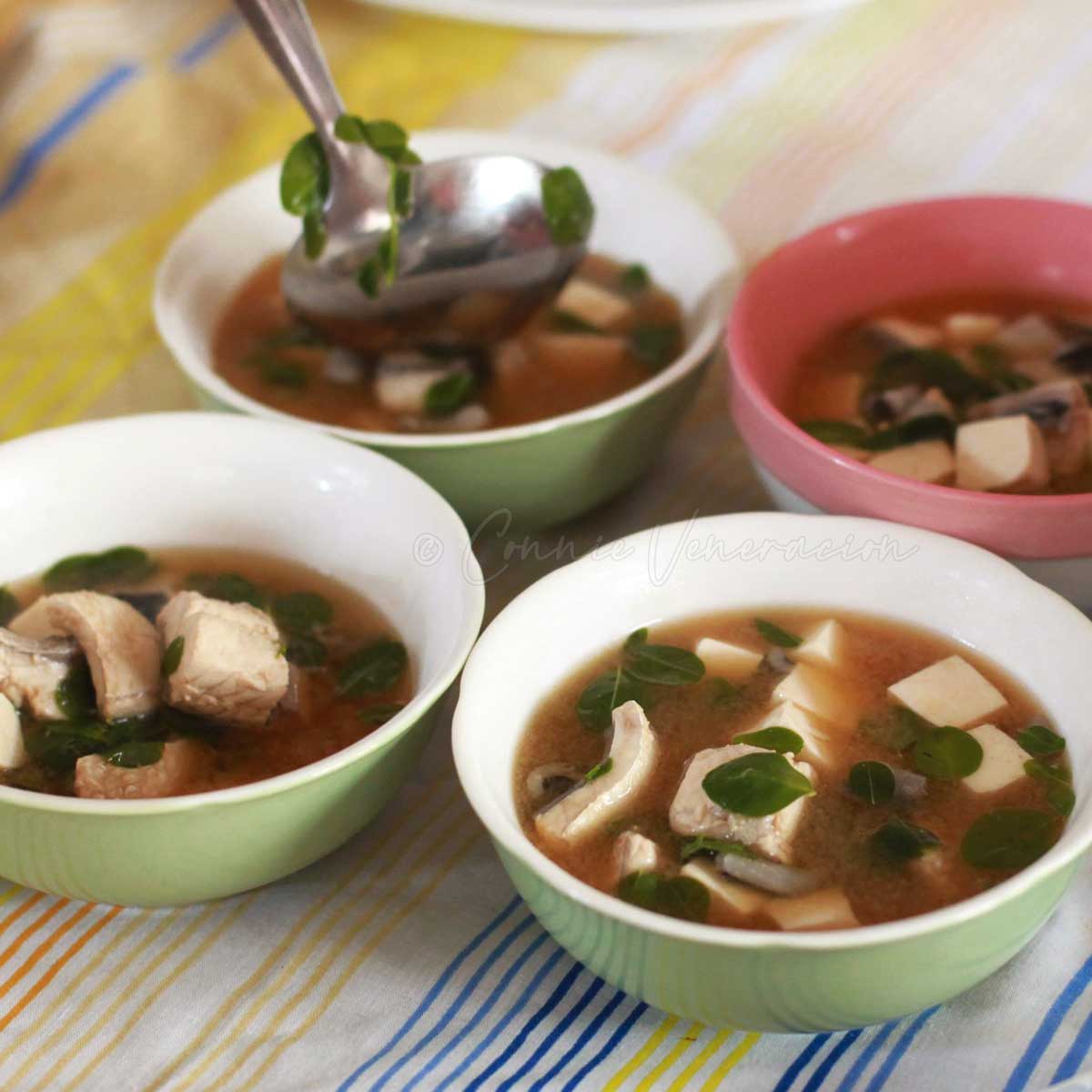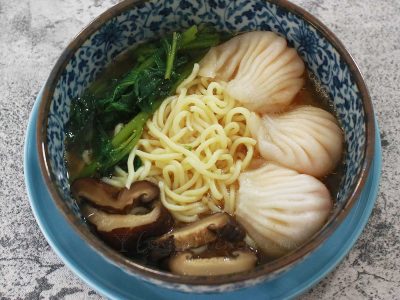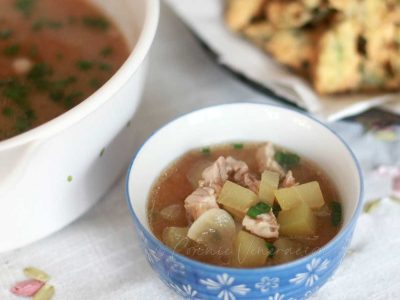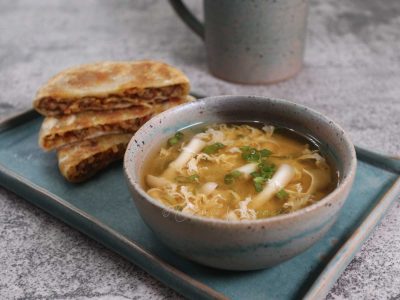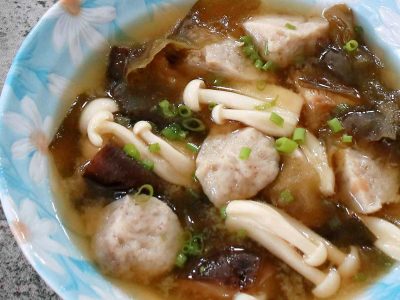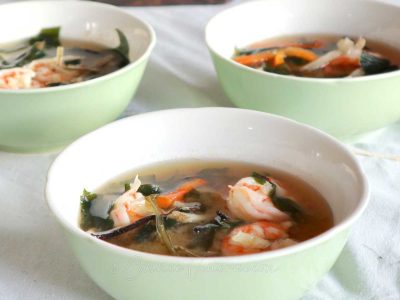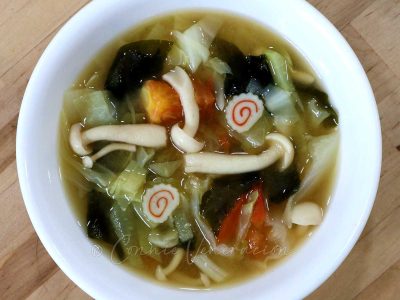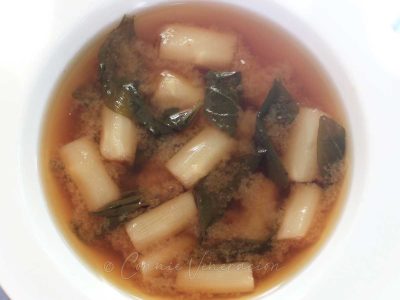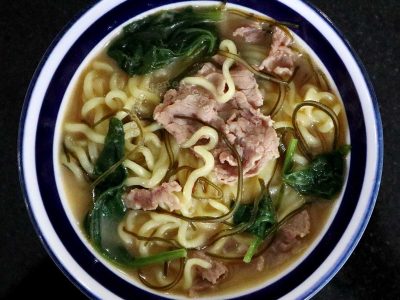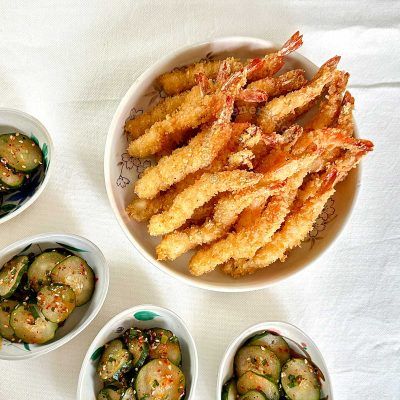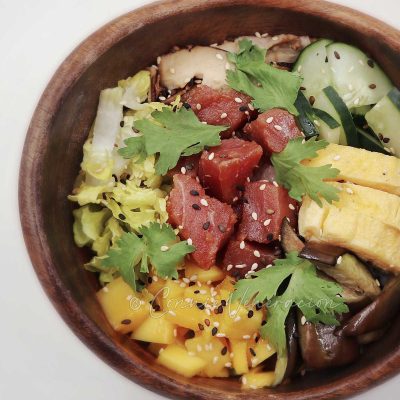There was a time when, having recently discovered the availability of dashi, miso paste and wakame in local groceries, we’d have miso soup almost everyday. We were so happy that we no longer had to go to some expensive Japanese restaurant to enjoy good miso soup that we were practically gorging on it. My daughters, Sam and Alex had become so adept at preparing it that they no longer needed me to supervise.
Then, after a while, we realized you can have too much of a good thing. We were having miso soup too often it came to a point when we felt satiated then bored and, finally, miso soup became an occasional dish in the house. In fact, it became an emergency soup of sorts. No soup for the day? Let’s have miso soup. You get the picture.
So, I started deviating from the basic miso soup recipe and, over time, came up with great ways to make miso soup by adding an assortment of ingredients like seafood, wontons, meat and vegetables.
About milkfish (bangus)
In this recipe, milkfish (bangus) belly fillets, prized for the delectable fat, are cut into small pieces and combined with moringa leaves. If you’re not familiar with milkfish, there is a post dedicated to it.
The truth about bangus as the Philippines’ national fish
National symbols are declared by law, and there is no law that names bangus as the national fish of the Philippines. In fact, there is no law that names any fish as the national fish of the Philippines.
What are moringa leaves?
If you’re wondering what moringa leaves are, they come from a tree called Moringa oleifera which is also known as drumstick tree. We call it malunggay in the Philippines. The tree is easy to grow as it requires very little tending. For those not interested in gardening, moringa leaves can we bought very cheaply.
How are moringa leaves used in cooking? Just strip the leaves off and add to the pot. Tender ones can be eaten raw (think salad!) while the more mature ones will require some cooking.
Why moringa and not some other leafy vegetable?
Of course you may use your preferred leafy vegetable. Miso soup is so flexible that you may add just about any meat, seafood and vegetable to it. But, at the time we had this soup, we had a moringa tree growing in the garden. It was just so convenient to snip off a few branches to get enough leaves for a pot of soup.
The other reason is nutrition. While other parts of the plant are edible (and, for centuries, the leaves are the most nutritious.
The leaves of M. oleifera are very nutritious, with a taste resembling watercress, and are sometimes eaten as a salad or in soups. They contain 15-20% protein and 50% nitrogen-free extract (dry weight) and are rich in micronutrients and vitamins.
Moringa oleifera (horse radish tree) in CABI Digital Library
Fish belly and moringa miso soup
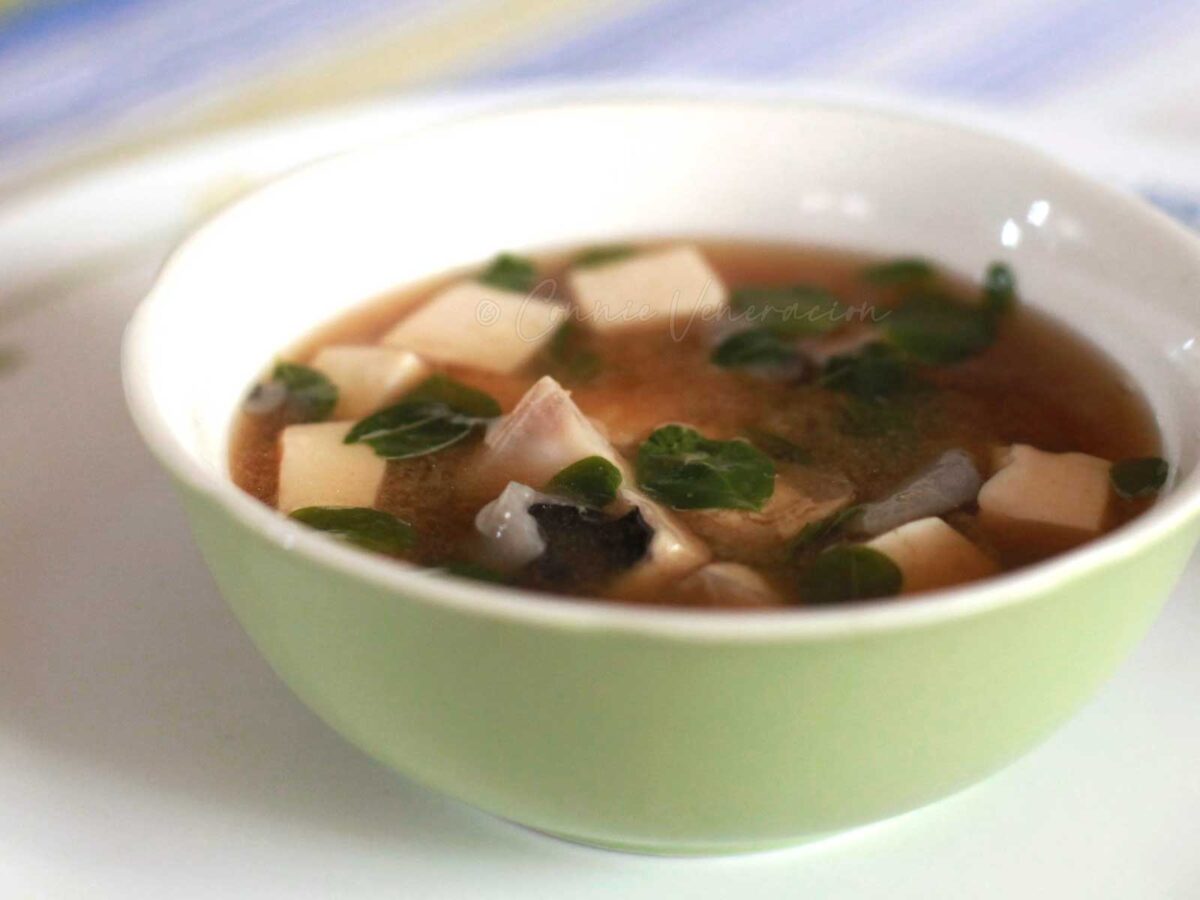
Ingredients
- 2 milkfish (bangus) belly fillets cut into one-inch squares (about 2 cups after cutting)
- 1 tablespoon fish sauce to taste
- 1 300-gram cake silken tofu cut into ½-inch cubes
- 6 cups dashi (or dissolve 2 to 3 tablespoons dashi granules in 6 cups of water)
- 3 tablespoons miso paste
- moringa (malunggay) leaves as much or as little as you like
Instructions
- In a pot, heat the dashi.
- Ladle about half a cup of hot dashi into a bowl and stir in the miso paste until free from lumps.
- Drop the fish squares into the pot, stir and allow the water to come to the boil. Lower the heat at once, cover the pot and let the fish simmer for five minutes. That’s all the time they need to cook. Seriously.
- Turn up the heat and add the tofu cubes to the pot. When the liquid simmers, count 30 seconds, add the malunggay leaves, pressing them lightly into the liquid. Cook for a minute then turn off the heat.
- Stir the miso paste into the broth. Taste and add fish sauce, if needed.
- Serve the soup hot.

